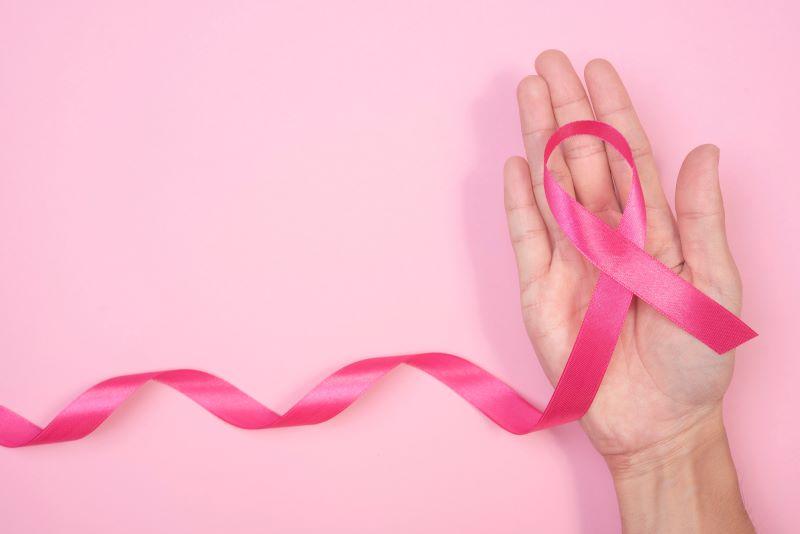(330) 876-1228
8507 Main StreetKinsman, OH 44428
(330) 876-1229

The vast majority of women know a lump in their breast likely signals the presence of cancer, a new survey finds, but that's not the only sign of the disease.
"Screening mammography is our No. 1 defense in detecting and addressing breast cancers at their earliest, most treatable stages, but it is also very important for people to be familiar with the look and feel of their own breast tissue so that sometimes subtle changes can be evaluated quickly to give us the best chance at early detection,"said Dr. Ashley Pariser. She is a breast medical oncologist and director of breast cancer survivorship services at the Ohio State University Comprehensive Cancer Center, in Columbus.
A survey commissioned by the cancer center found that 93% of those questioned recognize that a lump is cancer, but fewer than half recognize the other common symptoms of disease.
"We want people to feel empowered about their bodies and know what is normal for them. Many breast changes are the result of aging and childbirth; however, breast cancer can present in a number of ways,"Pariser said in a university news release. "It is important that people feel safe to address these concerns in a timely way with their doctor. We have made great strides in detecting breast cancers in far earlier, more treatable stages."
Lesser known symptoms of breast cancer include a retracted, inverted or downward-pointing nipple; breast puckering, which may look like an indentation that appears when you raise your arms; loss of feeling in part of the breast; pitting/thickening of the skin on the breast; or nipple discharge.
While about 51% of those surveyed said they would recognize nipple discharge as worthy of medical attention, only 31% would think that of a retracted or inverted nipple. Between 39% and 45% would think they needed to see a doctor for the other symptoms.
Just over 1,000 people responded to the survey, which was conducted in late September by phone and online.
The researchers also noted confusion about breast cancer screening guidelines. About one-third of women say they are confused about the recommendations, with about 44% of those under age 30 expressing confusion.
"The best way for us to find breast cancer early is for women to present as soon as they notice a change, ideally even before they see a change. So, that's why we recommend screening mammograms for those who qualify if we want to find breast cancer early,"Pariser said.
The American College of Radiology and American College of Obstetricians and Gynecologists recommend women begin screening at age 40 if they are of average risk. Each person should talk with their doctor about personal cancer risk and family history.
People with dense breast tissue should be closely monitored because they are at slightly higher risk, Pariser added. Dense tissue can mask small tumors. People who are Black or of Ashkenazi Jewish descent should also have a conversation about more intensive screening due to higher risk.
Breast cancer continues to be the most common cancer diagnosed in women, after skin cancer. In 2023, estimates are that there will be just under 300,000 new cases and 43,000 deaths.
According to the survey, few women believe it will happen to them. About 75% of women and 91% of men don't believe they will get breast cancer.
"So, although we are making great strides in terms of detection and treatment, unfortunately we live in a world where breast cancer is still a serious concern for people,"Pariser said.
"Although the disease is less common in men, 1% of breast cancers occur in men. These cancers typically present as nipple changes, so it is also important that men feel empowered to seek medical attention for concerning symptoms, especially if they have a strong family history of breast cancer,"she advised.
More information
The U.S. Centers for Disease Control and Prevention has more on breast cancer.
